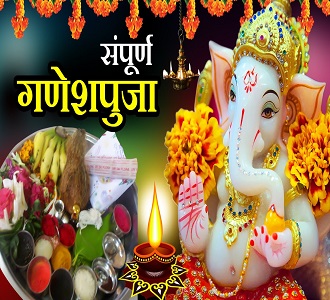Lord Lord Ganeshas’s other name is ‘Vighanharta’ or’Vinayaka’ means he removes all the obstacles. The Ganesha ji is also measured as the Lord of knowledge and wisdom. Ganesha is the Lord of Beginnings and the Remover of Obstacles of both material and spiritual kinds. He is the first one to be worshipped in Hinduism before commencing any puja or starting a new venture. The ideal days to do Ganesh puja are Mondays, Chaturti and Sankashti Chaturti.
Book Pandit for Ganesh puja in Pune.
Though no longer alluding to the classical shape of Ganapati, the earliest mention of Ganapati, is observed in the Rigveda. It appears twice in the Rigveda, once in hymn 2.23.1, as nicely as in hymn 10.112.9. Both of these hymns mean a function of Ganapati as "the seer among the seers, abounding past measure in food presiding amongst the elders and being the lord of invocation", while the hymn in mandala 10 states that without Ganapati "nothing close by or afar is performed beside thee", in accordance to Michael.However, it is uncertain that the Vedic time period Ganapati which capability "guardian of the multitudes", referred specifically to later technology Ganesha, nor do the Vedic texts factor out Ganesha Chaturthi. seems in post-Vedic texts such as the Grhya Sutras and thereafter ancient Sanskrit texts such as the Vajasaneyi Samhita, the Yajnavalkya Smriti, and the Mahabharata point out Ganapati as Ganesvaras and Vinayakas. Ganesha seems in the medieval Puranas in the shape of "god of success, impediment remover". The Skanda Purana, Narada Purana, and the Brahma Vaivarta Purana, in particular, profusely praise him. Beyond textual interpretations, archaeological and epigraphical evidence propose Ganesha had come to be popular, used to be revered earlier than the 8th century CE and numerous photos of him are traceable to the 7th century or earlier. Ganesh Idol in Khairatabad, Hyderabad, India For example, carvings at Hindu, Buddhist, and Jain temples such as at the Ellora Caves, dated between the fifth and 8th-century exhibit Ganesha reverentially seated with essential Hindu goddess(Shakti).
